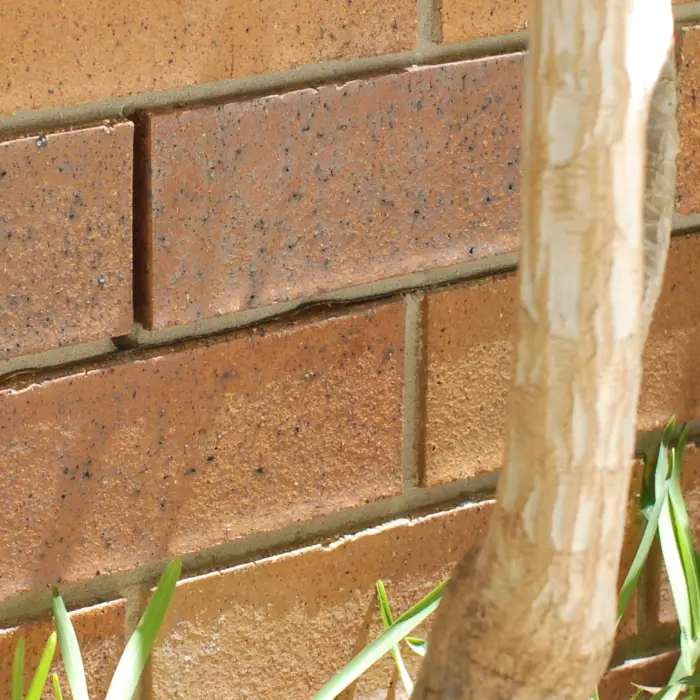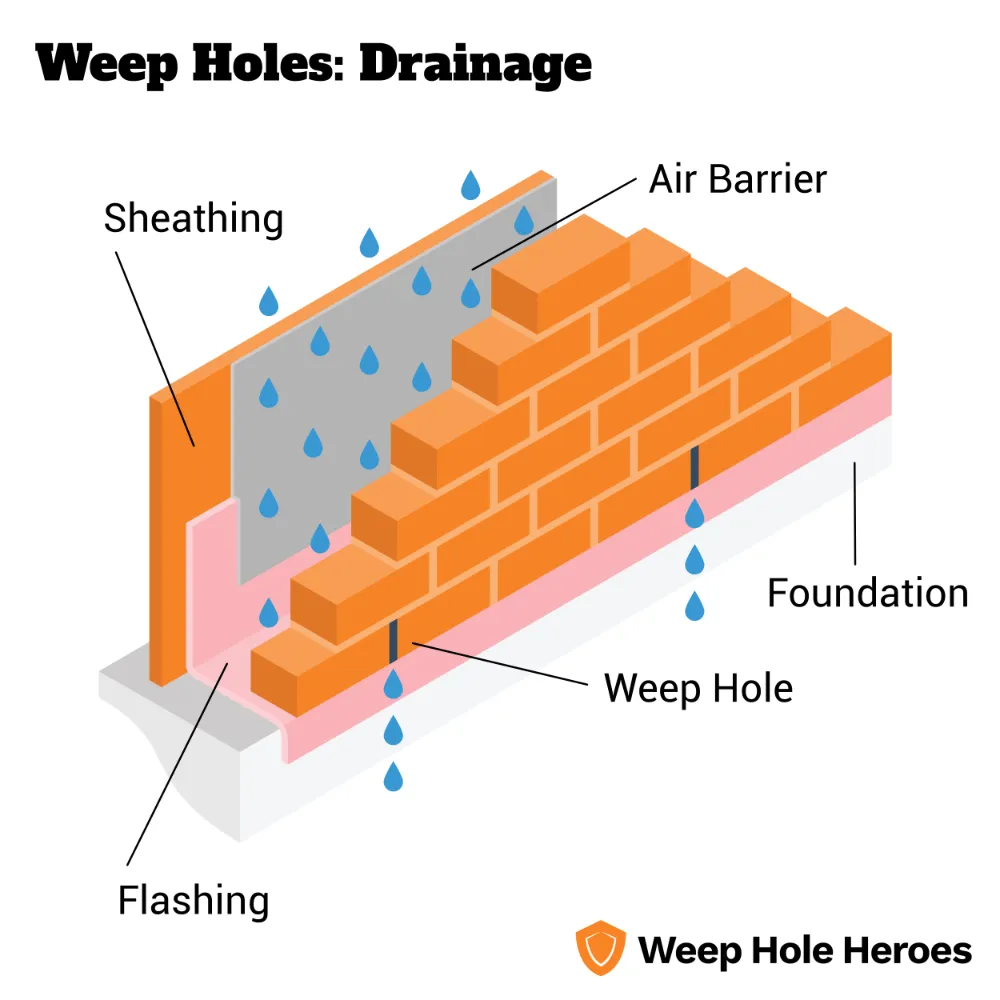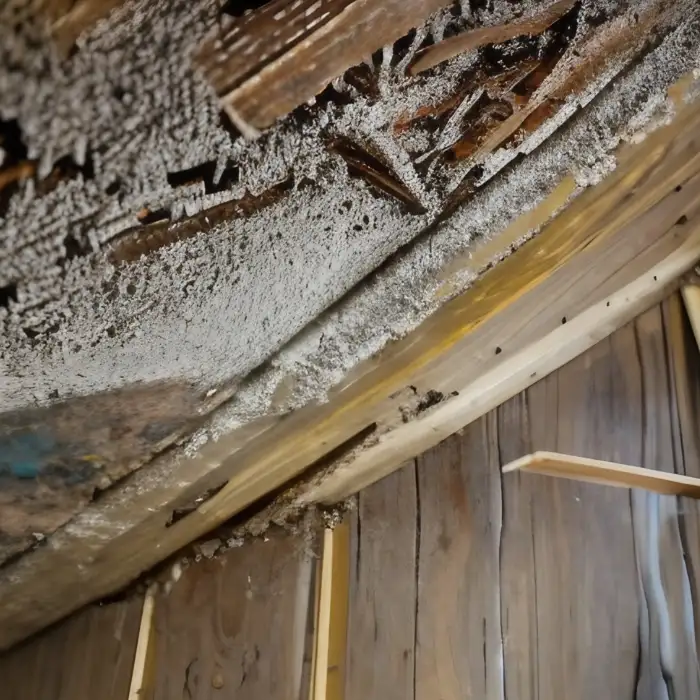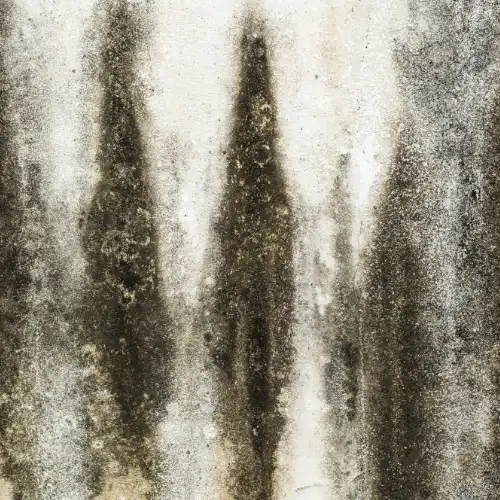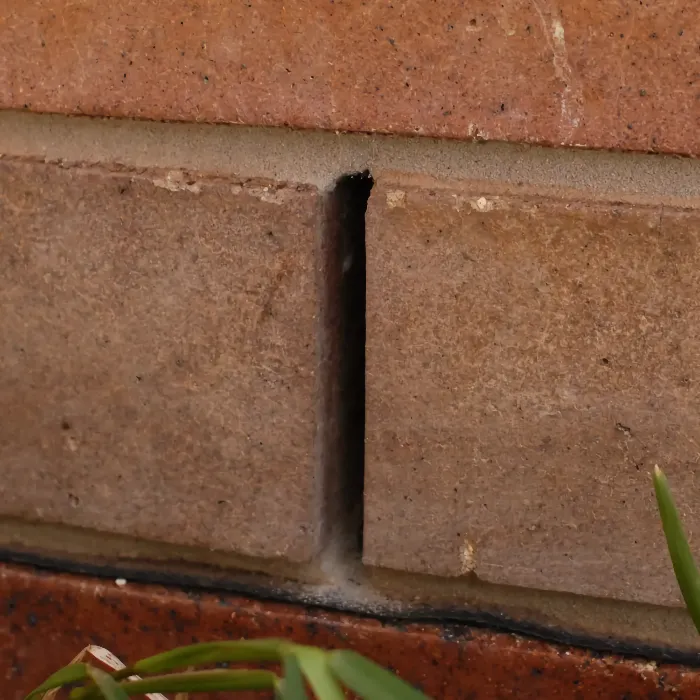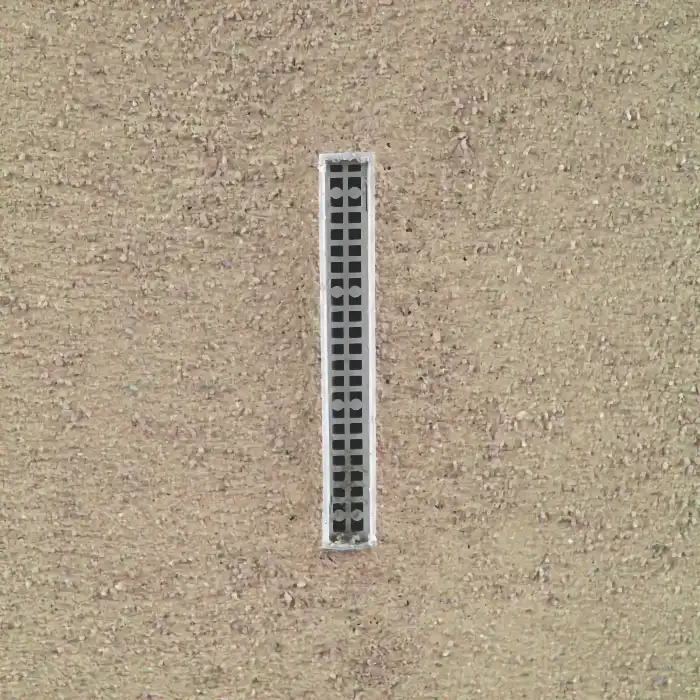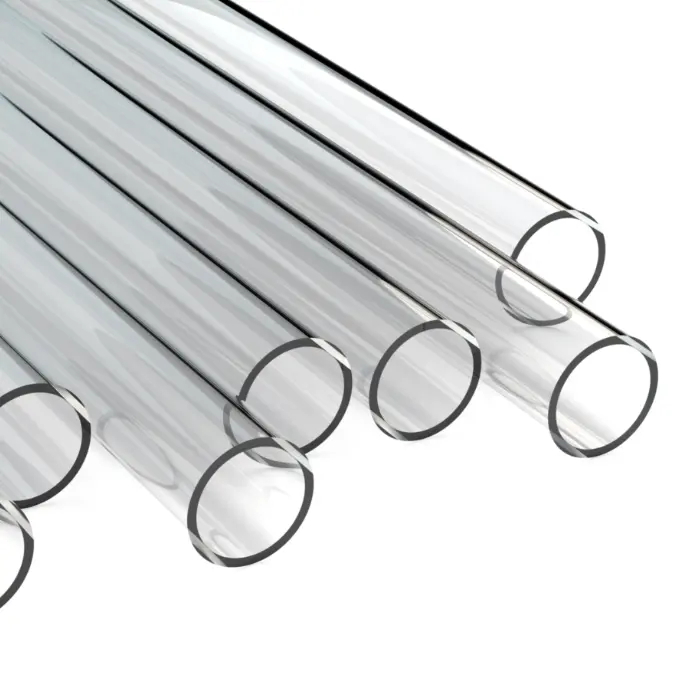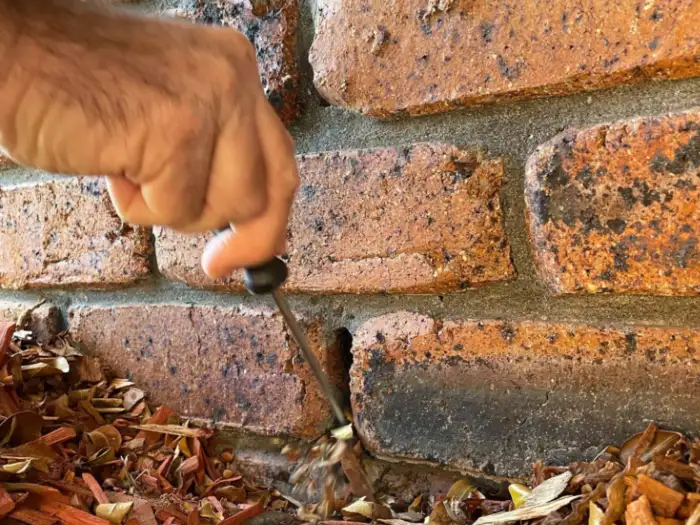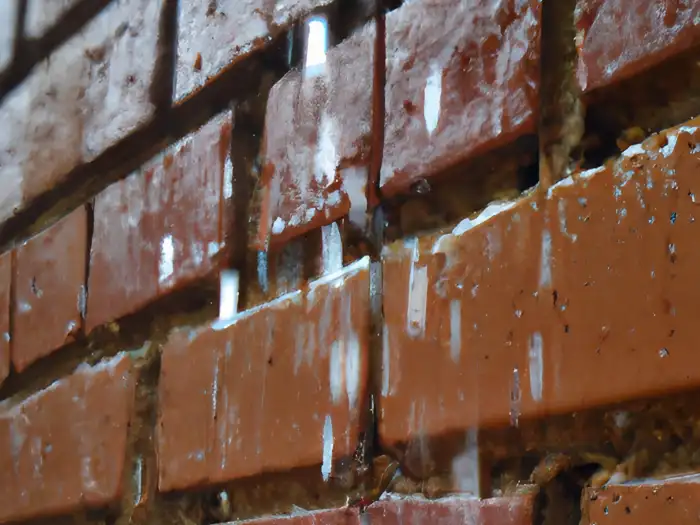Why is weep hole drainage so essential?
Weep hole drainage is essential for the healthy functioning of masonry wall systems in your home.
Without it, water can accumulate within a cavity wall and create damage that can be both costly to repair and dangerous to the health of the home’s inhabitants.
A fully-functioning weep, protected by a quality weep hole cover, can help water escape and allows air to naturally circulate behind the wall’s construction, preventing moisture from seeping into the building envelope.
In this article, we’ll explain why drainage weep holes are so important and how you can make sure that your weeps are functioning properly.
